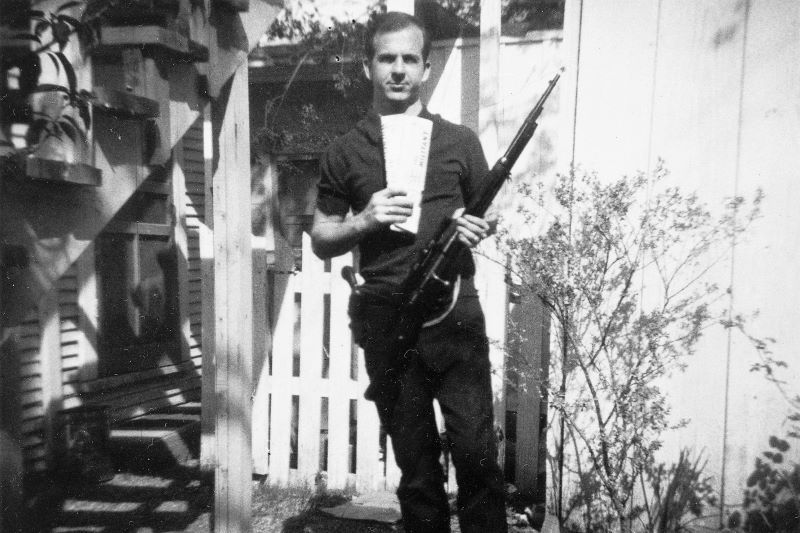Continuing the series of JFK assassination episodes in this, the 60th year since the assassination, we look not at the thinking of the CIA, FBI, Warren Commission, Mob, Cuba, Russia or any of the other institutions that have been falsely imagined as being behind it, but inside the mind of the man who actually did it, and did it alone: Lee Harvey Oswald. It may not be the most popular theory, but facts don’t have to be popular. They only need to be true. This is an essay by myself, Rick Reiman, and narrated by myself, in response to the excellent insights of Burt Griffin, who wrote the new book, JFK, Oswald, Ruby: Politics, Prejudice and Truth. A staff member on the Warren Commission (1963-1964). Griffin challenges historians to take the assassination seriously as history, something that is simple to understand once contextualized in history. Frankly, historians have not recognized their responsibility in this regard. Historians, when are you going to do your jobs, and take this intersection of the Cold War and cvil rights, which is what the assassination was, seriously as history? Until they do, this will continue to be a blot, a stain and a disgrace for the historical profession, as it has been for sixty years.

Podcast: Embed



